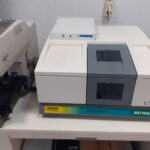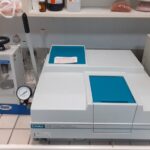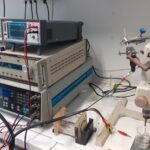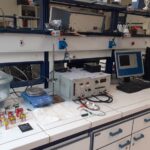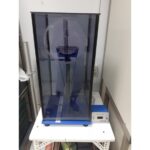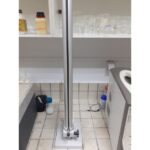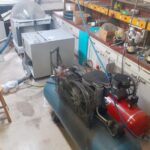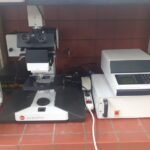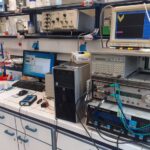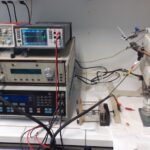Laboratory of Physical Chemistry
Director
Laboratory Personnel
The Laboratory of Physical Chemistry of the School of Chemical Engineering, NTUA was established in 1983 (Government Gazette B 80/1-3-1983).
Research in the Laboratory of Physical Chemistry focuses on the fields of corrosion and protection, the study of the physicochemical properties of materials, and the kinetics and properties of chemical, electrochemical, and bioelectrochemical reactions. In particular:
Research Activities of the Laboratory
- Corrosion and protection: Study of protective coatings and corrosion inhibitors for industrial metals and metals of cultural heritage. Investigation of the durability and failure mechanisms of polymeric coatings exposed to atmospheric conditions, with emphasis on solar radiation and humidity. Corrosion of metals, alloys, marine construction materials, and structures in industrial, marine, coastal, soil, and atmospheric environments. Methods and practices for the stabilization and cleaning of corroded metallic artifacts of cultural heritage.
- Material properties: Recovery of chemical elements from industrial wastes; study of electrical, magnetic, and dielectric properties of metallic materials and cyclic oligosaccharides.
- Oxide development: Mechanisms of oxide growth, properties of anodic oxides, and catalytic applications.
- Modeling of electrochemical reactors: Modeling of monopolar and bipolar electrochemical reactors for the production of technologically important products.
- Energy applications: Development and study of electrodes for batteries and supercapacitors. Research on solar cells.
- Electroplating: Mechanisms and properties of electrodeposition processes.
- Nonlinear dynamics: Study and analysis of oscillating electrochemical reactions using methods of nonlinear dynamics.
- Bioelectrochemistry: Investigation of enzymatic reactions using electrochemical techniques. Development of electroanalytical methods for the kinetic study of biochemical reactions. Applications in biosensors.
Instruments – Apparatus – Methods
- Corrosion and protection of metals: Accelerated aging chambers for UV and humidity exposure; salt-spray chamber (ASTM B117); impact testing; damped oscillation testing.
- Material properties: Tribometer; metallographic microscope and microhardness tester; laboratory sandblasting device for surface cleaning.
- Spectroscopic and chromatographic techniques: FT-IR and UV-Vis spectrophotometers, gas chromatographs.
- Electrochemical devices: Potentiostats, generators, galvanostats, electrochemical impedance analyzers, and quartz crystal microbalance.
- Electrochemical methods: Cyclic voltammetry, linear sweep voltammetry, chronoamperometry, potentiometry, large-amplitude AC voltammetry with Fourier transformation, and rotating-disk voltammetry.
- Physicochemical measurement instruments: Conductivity meters, viscometers, refractometers, etc.

